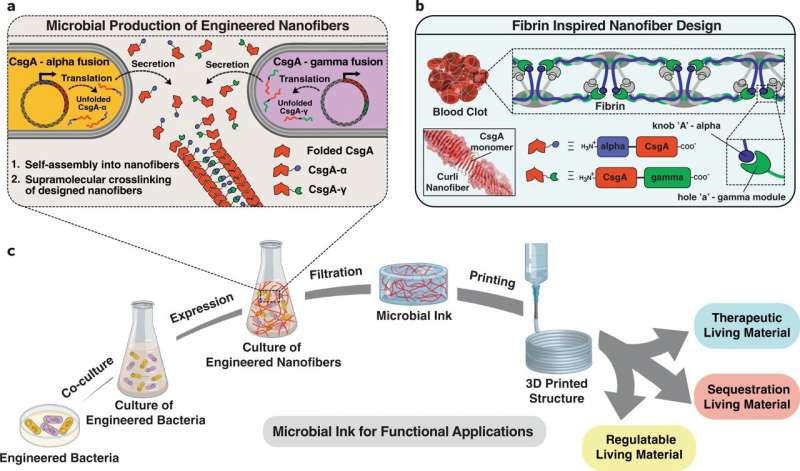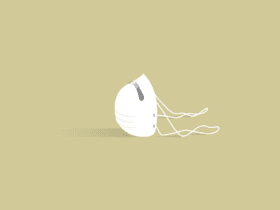Forget about 3D-printed organs; the technology might someday take on a life of its own. According to Phys.org, scientists have invented a “living ink” that can be used to create likewise alive materials for 3D constructions. The researchers created live nanofibers by genetically engineering cells for E. Coli and other microorganisms, bundling the fibers and adding other elements to make an ink that could be used in a regular 3D printer.
A group of academics from Harvard University and Harvard Medical School’s Brigham and Women’s Hospital have discovered a form of live ink that may be used to manufacture living items. The team outlines how they developed its ink and potential implications in a study released in the journal Nature Communications.
Microbial engineers have been focusing on building a method to manufacture living materials for utilization for a range of applications, including medical devices, for some years. However, getting these materials to adhere to required 3D architectures has proven difficult. The researchers have taken a novel approach to solving the problem by genetically altering Escherichia coli to make a material that may be utilized as the foundation for a 3D printer ink.
Living material
Scientists have attempted to create living material in the past, but they have had difficulty getting the components to fit into the desired 3D architecture. That was not a problem in this case. The researchers developed one material that, when triggered with chemicals, produced an anti-cancer medication, while other eliminated the toxin BPA from the environment. Other jobs can also be accommodated by the designs.
It’s possible that any actual applications are still a long way off. For instance, it’s not certain how you ‘d mass-produce this ink. Further than the urgent medical and anti-pollution initiatives, though, there is promise. The developers imagined self-repairing constructions or self-assembling materials for Moon and Mars structures that would lessen the demand for Earth resources. In the appropriate circumstances, the ink may even create itself – you might just need a few fundamental materials to make anything you need.













Leave a Reply